Bias Peak Pro 7 Er
The bias pot wired as a variable resistor and 27k resistor replace the 56k resistor above. How I Did It In My 5F6A. LTSpice model of the standard 5F6A bias circuit. Bias voltage is plotted in light blue, transformer voltage is green, diode output is dark blue and red is the junction of the pot (set a 29k) and 27k resistor (56k total resistance). The early peak concentrations (median) were reached about 1.5 hours after dose intake, and the second peak concentrations (median) were reached about 4.5 hours after dose intake. The means for C max and AUC following a dose of 20 mg were slightly lower than those seen with 10 mg of the immediate-release formulation, dosed at 0 and 4 hours. Oct 29, 2019 Key surfoffline 2 pro Free Download,Key surfoffline 2 pro Software. Serial number bias peak pro 7 crackinstmank a-pdf restrictions remover 1.7.0. Gps pro ii free download 14dj fisherman ft dj tira and big nuz happy song. Bias peak pro 7 crackinstmankdaemon tools ultra serial number key.
- 4) Neutral Responding. This type of response bias is the exact opposite of extreme responding, as here the participant chooses the neutral answer every time. This is usually a result of the participant not being interested in the survey at all and is simply looking to answer questions as quickly as possible.
- Howev er, in the case of InAs. Applied Physics A: Materials Science & Pro-cessing 66, S113. Biasing the junction to φ ≈ π reduces the critical field at which the zero-bias peak appears.
| Developer(s) | BIAS |
|---|---|
| Stable release | |
| Operating system | Mac OS X |
| Type | Digital audio editor |
| Website | https://www.bias-inc.com |
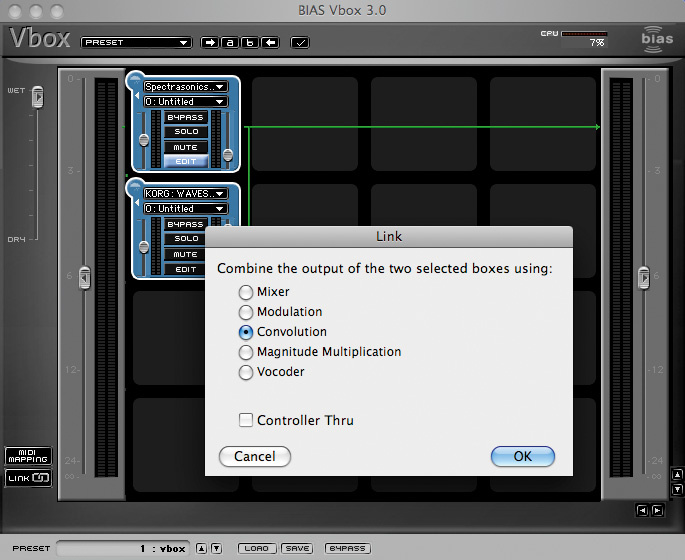
Peak is a digital audio editing application for the Macintosh, used primarily for stereo/mono recording, sample editing, creating loops, and CD mastering. It is commonly used by amateur and professional audio and video editors, mastering engineers, musicians, sound designers, artists, educators, and hobbyists.[1]
It was published by the now defunct company BIAS Inc. in several editions, with varying levels of features.
Peak differs from Digital audio workstation-type audio editing applications in that most of its editing is done directly at the file level, without having to first create a project and import the audio to be edited into it.
Peak can be assigned to many DAW-type applications as a supplemental external sample editor. When used this capacity, it is similar to having Peak's editing capabilities available as a plug-in, within the other application.[2]
BIAS Inc. ceased all business operations as of June, 2012.
Reviews[edit]
- BIAS Peak Pro 6 XT reviewSound on Sound magazine (January 2009)
- BIAS Peak v5 review Sound on Sound magazine (July 2006)
- BIAS Peak v4 review Sound on Sound magazine (May 2004)
- BIAS Peak v3.1 review Sound on Sound magazine (January 2003)
- BIAS Peak v2.02 review Sound on Sound magazine (June 1999)
- BIAS Peak v1.6 review Sound on Sound magazine (October 1997)
- BIAS Peak v1.0 review Sound on Sound magazine (September 1996]
See also[edit]
External links[edit]
- David M. Rubin (2005). Power tools for Peak Pro: a complete guide to the Mac's most powerful audio editor. Hal Leonard Corporation. ISBN978-0-87930-847-6.
References[edit]
- ^Kirn, Peter (19 January 2009). 'Review: Peak Pro 6'. MacWorld. Retrieved 19 July 2011.
- ^'Powerful set of audio production and mastering software'. MusicRadar. 18 August 2008. Retrieved 19 July 2011.
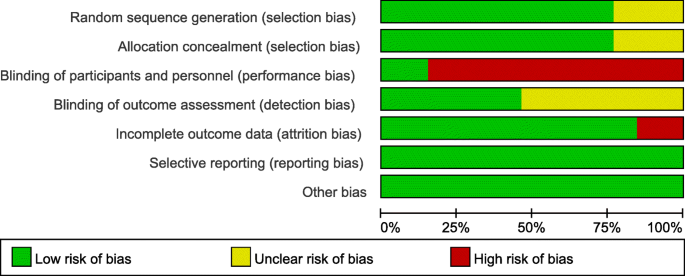
High dynamic range (HDR) is the greatest improvement in video picture quality since high definition replaced standard definition around the turn of the millennium. It's far more important than the increase in pixel count from 1920x1080 (HD) to 3840x2160 (UHD 4K) or even 7680x4320 (UHD 8K). At normal seating distances, the difference between those resolutions is subtle at best, but the improvement offered by HDR over standard dynamic range (SDR) is patently obvious from just about any distance.
At least, it is on modern flat-panel TVs, which offer a huge range between their peak brightness and black level. Projectors have a much lower peak brightness, and only the best have black levels anywhere close to that of a good flat panel. And yet, many projectors today tout their ability to accept and display HDR content.
Given that reality, is it really possible to get a good HDR image from a projector? I say yes, though some experts wouldn't call it true HDR, but rather 'extended dynamic range' (EDR), which lies somewhere between SDR and HDR. Will it be as bright as a flat panel? Certainly not. Will it look better than SDR from the same projector? Absolutely, as long as you optimize the room, screen, and projector settings.
Bias Peak Pro 7 Er Kit
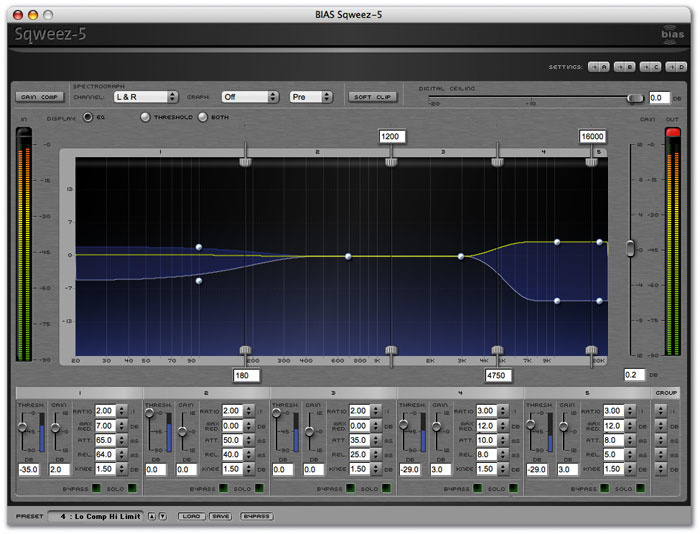
What does that optimization entail? I asked three distinguished calibrators for their thoughts on how to obtain the best possible HDR picture quality from a projector: David Abrams of Avical, Kris Deering of Deep Dive AV, and Kevin Miller of ISFTV.
If you're not up to speed on the whole subject of HDR, I recommend you start with my article 'HDR From A to Z'. Then, come back here to learn what you need to know to get the best HDR performance from your projector.
Environment
A completely light-controlled room is critical for the best HDR performance. As Kris says, 'Room conditions are largely the same for HDR as they are for SDR. You want to be able to control the conditions as much as possible to get the best presentation. Ambient lighting can have a large effect on display contrast and can wash out the image when viewing darker imagery, so getting the room in proper condition for viewing goes a long way.'
Kevin points out that the color of the room is equally important. 'Light-colored surfaces reflect light from the projector onto the screen. A black screen wall is ideal, because it will absorb any stray light being reflected. Ceilings are also an issue. A combination of black and medium to dark grays throughout the room is ideal for the best experience and performance from any front-projection system (see Fig. 1). Of course, colors also get reflected onto the screen.'
David agrees, adding, 'A flat-panel display is a closed system where external factors don't affect the performance of the display, but rather our perception of the display. In a front-projection system, light travels through the room itself, so the room is a huge part of the performance. Light walls or a light-filled room decreases the contrast of the system. In a front projection-based home theater, the room is part of the system; if it is light, it will minimize contrast, and if it is dark, it will maximize contrast.'
Screen
Likewise, the screen is crucial. I've heard some say that a high-contrast ambient light-rejecting (ALR) screen is best for HDR, but Kevin disagrees. 'In my opinion, the only good application for that type of screen is when the user plans on viewing with ambient light in the room much of the time. That is far from ideal for either HDR or SDR. ALR screens usually cause a color shift, and they sometimes adversely affect gamma.
'Also, it is not advisable to use a high-gain material,' he continues. 'I generally recommend a gain no higher than 1.3. In the best of all possible worlds, unity gain (1.0) will give you the best performance if the projector has enough light output for HDR. I recommend trying to achieve 30 fL (approximately 100 nits) of peak light output for HDR in a front-projection system.'
David maintains that the best screen depends on several factors. 'The projector, room, sound system, and the client's preferred viewing habits affect the choice of a screen material. For example, if speakers are going to be placed behind the screen, you need to consider the potential light loss of a perforated screen or the reflectivity of a woven screen. What about resolution? The higher the resolution of the projector, the higher the resolution of the screen needs to be.
'When working with HDR, I recommend a minimum of 100 nits measured off the screen after calibration. Is this a rule? No, but I have found it to be a great target to shoot for when implementing HDR in front-projection systems. Once I have 100 nits, measured post-calibration, I can further optimize for other factors. For example, if I can't get 100 nits on a Stewart Filmscreen StudioTek 100, I might go to a StudioTek 130, but how far do you push it? You don't want to sacrifice too much resolution to maximize brightness, since brightness isn't everything. There are many factors to consider; if there is one rule, it's that one solution does not fit all.'
Kris brings some math to the discussion. 'Preserving light is important, because you need extra headroom for HDR tone mapping to work properly. So, depending on the screen size and the output of the projector, you need to account for how much light you'll have overall. A really large, solid-surface screen with a 1.3 gain delivers over 50% more light than the same-size screen with a woven material! An ALR screen might be important if room conditions are not absolutely ideal, where it can help with perceived contrast, but you also need to be careful about adverse artifacts, such as hot spots, sparkle, and texture, which can be distracting and reduce resolution and detail perception.'
I've also heard some advocate using a smaller screen to increase the peak brightness. But as David points out, 'Smaller screen sizes allow for higher brightness, but with most front-projection systems, the higher the brightness, the higher the black level. Can you achieve an HDR image with 140 nits? Yes. Will the black level be too high? Perhaps.'
Basic User Controls
Once you have optimized the room and selected the right screen, the next step is setting the basic user controls (Brightness, Contrast, Color, Tint) for HDR. All the calibrators I spoke with highly recommend using the Spears & Munsil UHD HDR Benchmark UHD Blu-ray test disc to set these parameters (see Fig.2)
According to Kevin, 'You shouldn't adjust any parameter without test material. Contrast adjustments can change EOTF tracking. Increasing Contrast can make the curve look a little closer to the reference, but I don't recommend it. At some point, this will begin to make whites look blown out and lacking in detail, a condition called white clipping (see Fig. 3). This is something I have experimented a lot with over the last few years. Brightness adjusts black level, so you need an HDR10 black-level test pattern to get it correct (see Fig. 2). As for Color and Tint, I have not seen the need to change the default setting for these parameters in any current projectors.'
UHD HDR Benchmark offers its test patterns mastered and encoded at a variety of peak-brightness levels, from 600 nits to 10,000 nits (see Fig. 4). Which one should you use for setting the projector's user controls? Kevin recommends using the lowest level (600 nits), while Kris suggests a more comprehensive approach, which is also more work. 'You might want to look at several different encodes to get a feel for how the projector handles content at different peak-brightness levels. After all, there is commercial content that has been mastered at 1,000, 2,000, and 4,000 nits of peak brightness. For example, you might find that you need different settings of Contrast for different mastering levels to avoid clipping.'
Many projectors offer an additional user control in their HDR mode that affects the EOTF (electro-optical transfer function), which determines how much light the projector outputs in response to different brightness values in the signal. Epson calls this control HDR10 Setting or HLG Setting (depending on the format of the signal), while JVC calls it HDR Level, and Sony calls it Contrast HDR.
So, how should end users adjust the EOTF control? As Kris explains, 'This parameter typically controls the amount of compression applied to the image. The HDR signal was encoded at a higher peak brightness than the projector can reproduce, so it needs to be compressed to fit within the lower light output of the projector, a process called tone mapping (see Fig. 5). Similar to dynamic-range compression in music, it reduces the difference between the lowest and highest portions of the content. The more you compress, the brighter the overall image becomes as the difference between the highs and lows is smaller. The less compression you use, the more dynamic range is preserved, but the darker the overall average image is.'
Kris goes on to say, 'A lot of people think they want higher dynamic range when they really want the image to be brighter; they associate HDR with a brighter image. So, they tend to set the EOTF control for more compression to give the overall image more pop, which differentiates it more from SDR imagery.
'When I work with a client to select the tone-mapping preset, it generally comes down to two factors: how compressed—that is, bright—the client wants the content to look versus which preset provides the most balanced approach for a variety of content. I generally look at a few different pieces of content that demonstrate the variables. I have content that is pretty dark overall with not a lot of dynamic range, content that is of moderate overall APL (average picture level) and more consistent with the 'norm,' and high-APL content that will likely clip or look really overprocessed if the client chooses a preset with lots of compression. I go through the content with the client and demonstrate the pros and cons of the different presets and let them decide their preference, since there is no 'right' answer to this.'
Kevin offers some specific advice: 'Epson has about 15 different settings, which I just think is overwhelming for anyone to deal with. I have found that the settings 5 to 8 generally give the best results. The higher the number, the darker the mid-tones get. My advice is to look at a fairly dark piece of content, like the opening scene of The Revenant, and adjust the control so the darkest areas of the picture are not crushed and lacking in detail. If you go too far with it, the lighter areas of the image will begin to look washed out.'
Calibration
Of course, to wring the absolute best performance out of any display, you need a professional calibration. I asked the experts how they approach HDR calibration on projectors.
According to Kris, 'Calibrating a projector for HDR is not the same as it is for an HDR flat panel. As I mentioned before, projectors apply a manufacturer-specified tone map that cannot be manipulated; you can only select which 'flavor' you like from the presets, which are typically just different levels of compression.
'So, I calibrate around the tone map much as you would calibrate around a dynamic-contrast system. Both of these processes manipulate the gamma, so you want to make sure the rest of the variables are optimized. I typically calibrate in SDR mode for either BT.709 or P3 inside the BT.2020 container (see Fig. 6) as well as a D65 white point and RGB grayscale linearity with a 2.2 gamma. Then, I apply those settings to the HDR mode, which engages the tone mapping, and work with the client to select their preferred tone-mapping preset.'
David complains that each manufacturer's tone-mapping 'secret sauce' makes calibration especially challenging. He wishes that projector companies would allow calibrators to disable tone mapping altogether while calibrating the HDR mode. 'If a manufacturer doesn't provide a way to turn off the tone mapping, it becomes difficult to quantify what they are doing with it. For example, does a particular manufacturer start their tone-mapping roll off at 20%? 50%? Somewhere else?
'I wish manufacturers would allow the projector to be optimized in HDR with tone mapping off. Then, a calibrator could turn the tone mapping on and adjust the grayscale and CMS settings as needed.
'Here's what I'd like to be able to do:
- Step 1: Turn tone mapping off.
- Step 2: Calibrate the projector to BT.2020 and SMPTE ST 2084 (PQ) until the hard clip.
- Step 3: Enter the data from Step 2 into the projector's tone-mapping engine.
'Ideally, the projector would then optimize the tone-mapping curve as best it can to accurately represent the artist's original intent.' This is the idea behind JVC's frame-adaptive tone mapping (see Fig. 5b).
According to Kris, JVC projectors actually allow a calibrator to substitute a gamma curve for the PQ EOTF in HDR mode, which is essentially what David is asking for. But it's a somewhat convoluted process that requires the use of JVC's software. So, it's much easier to simply calibrate the SDR mode and bring those values into HDR mode.
Kevin's response is pretty straightforward. 'My approach is the same as with SDR. Set white level (peak light output), black level, and then find the best EOTF curve in the machine. Then, recheck black level to make sure it is still correct. Finally, tweak the color mainly with the grayscale controls. In most cases (JVC, Epson, and Sony), adjusting the CMS is not recommended; you want the projector's native color space, which is either near P3 or below it rather than outside of it. In fact, in the JVC models, the CMS is not available in HDR mode.'
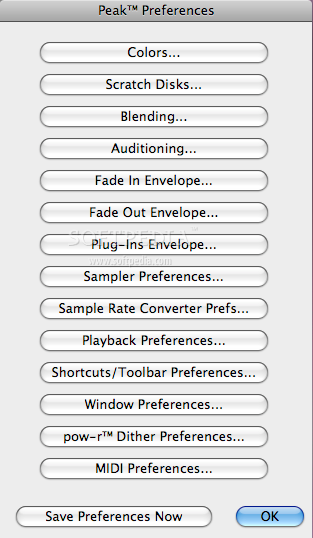
He goes on to say, 'I use the SDR setup of a projector for HDR when I have a source like a Lumagen processor or one of the better Panasonic UHD Blu-ray players to do the tone mapping for HDR. In fact, both of those sources do a better job of tone mapping than just about any projector on the market.' In that case, you would calibrate an SDR mode to 100 nits (or whatever the projector's true peak light output is) and let the processor or player do the tone mapping.
Evaluation
After optimizing your room, screen, user controls, and calibration, it's time to look at some real-world content to see how your projector performs. Kris has several recommendations: 'Look at the demo material on the Spears & Munsil disc (see Fig. 7) at different peak-brightness levels.'
As he continues, 'Also, look at extreme examples of dark and bright content; I like Blade Runner 2049 and The Revenant for dark images and The Meg and Starship Troopers for bright images. This helps you get a feel for how the tone-mapping presets differ for extreme examples of HDR grading. You'll likely find that you need different presets if the projector's tone mapping isn't frame-adaptive, and you may want to take note of what works best for different grades.'
Kevin also likes the Spears & Munsil montage. 'It's really good mainly for specular-highlight detail. Look for clipping of detail in the brighter white images. For darker material, I'm big fan of the opening scene of The Revenant with DiCaprio and his son hunting the stag in the river. It's very good for subtle shadow detail and adjusting the HDR mode as mentioned earlier, usually to brighten mid-tones that are too dark.'
HDR vs SDR
Even though there is more and more HDR content being created all the time, you'll still be watching lots of SDR for years to come. But since a projected image has so much less brightness than a flat panel, is there really much difference between the two in a projector-based system? In particular, SDR is graded for 100 nits, which is about as much as many projectors can do. If HDR is also shown at 100 nits, how much difference can there be?
According to Kris, 'It depends of how you want to present SDR. SDR uses a relative gamma, so it can be tailored to any light level. If you use all 100 nits for SDR and HDR, the difference might not be pronounced, since the projector's tone mapping should do an 'on-the-fly' grade of the HDR content to the same light level (100 nits). The HDR image will still have the benefits of 10-bit resolution—better delineation of color and grayscale with less chance of artifacts like banding or crush—and wider color gamut. And there is more range in the signal, which can provide a different overall look depending on grading choices.
'This is something a lot of people are starting to do, because it preserves more dynamic range for the SDR content that was graded at 100 nits. Ultimately, it comes down to how comfortable the end user is with a brighter SDR image in their viewing environment.
'On the other hand, if you use, say, 50 nits for SDR and the full 100 nits for HDR, and the tone mapping tries to preserve the typical SDR range within that 50 nits—which is hard to do with most onboard projector processing—you will get a bit more upper range for highlights in HDR compared to the SDR grade. This may preserve a bit more of the HDR look compared to the SDR look.'
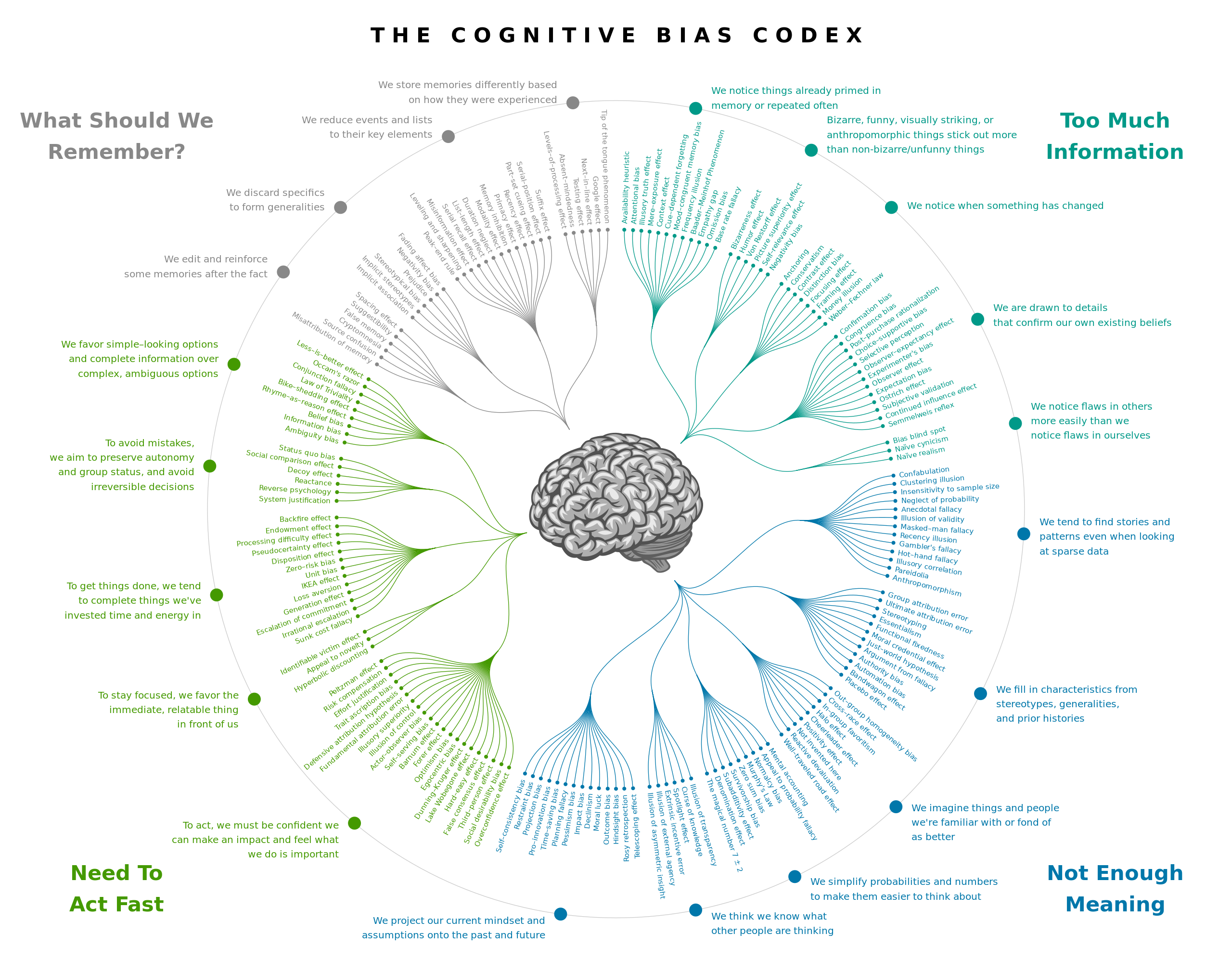
Kevin does not advocate using the same peak brightness for HDR and SDR. '100 nits is the luminance level for SDR on a flat-panel TV or studio monitor. On a consumer projector, you are lucky if you can get 100 nits of peak luminance for HDR, which is too bright for SDR content. For SDR, I usually shoot for 15-18 fL (51 to 62 nits). For HDR, the minimum goal is 100 nits, but 120 to 150 is better.'
What about black level; shouldn't that be the same in both cases? Not necessarily, at least in the content itself. As Kris explains, 'Ultimately, the black floor should be the same for both grades, but there are cases where HDR content has a raised black floor compared to the SDR grade. I believe this has to do with a misunderstanding about mapping digital levels across a variety of mastering monitors. Examples include Interstellar and Lucy, both of which have higher black floors on UHD HDR Blu-ray compared to their SDR counterparts.'
Kevin typically sets the projector's black levels for SDR and HDR differently. 'Black level is not necessarily the same at all. You need to set them separately on many projectors. For example, on most Sony projectors, the Brightness level for setting black level is significantly different in HDR than it is for SDR.'
Another difference between HDR and SDR is the EOTF: SDR uses relative gamma, while HDR uses absolute PQ. How does that affect the comparative look? As Kris explains, 'Because you are trying to preserve as much range as possible in a smaller container, you have to allocate a certain amount to each part of the overall range. So, if you are representing the first 100 nits (the SDR portion) in only the lowest 20-30 nits of the entire range to give more room for HDR highlights, the overall image is going to be dark most of the time because the bulk of what you are watching is being shown without much light. This is something that you typically don't have much control over.
'This is the same issue flat panels are facing. People were used to watching 100-nit SDR content at 200-400 nits because their flat panels were usually driven on the brighter side, since most people want bright images. But now because of PQ, that range is fixed to the first 100 nits, which is considerably darker than what they were watching before. Now HDR content just looks dark and dull in the same viewing environment because it's something like two or three times dimmer overall.
'We are seeing different compression solutions being implemented to 'fix' this, which just goes back to what I was saying before: People think they want high dynamic range, but what they really want is higher brightness, which actually reduces dynamic range because the signal is more compressed. We've seen this all before with music, and I think HDR will ultimately go down the same road in terms of lessons learned and trends we'll likely see in regard to compressing content.'
UHD HDR Benchmark includes an HDR/SDR 'butterfly' segment in the demo material (see Fig. 7) that shows the same content in HDR and SDR side by side. This is a great way to see the difference between HDR and SDR on the same screen.
Economic Realities
As Kris points out, 'HDR with projectors is a frustrating endeavor, and most manufacturers are not making it easy for the end user to sit back and enjoy like we've been able to with SDR. Right now, the only manufacturer doing truly frame-adaptive HDR processing is JVC, and even its solution requires intervention from time to time. Outboard processors from manufacturers like Lumagen and madVR are really the only solution if you want tone mapping that adapts across a wide range of content and provides a sit-back-and-relax approach to all content.' Keep in mind, though, that a Lumagen Radiance Pro will add at least $6,000 to your budget, while the madVR Envy Pro is a cool $12,000!
David agrees while raising some additional economic realities. 'For HDR, you need high light output, which means more money. If I can get 100 nits from a certain projector on a certain screen, is that with P3 color? To do P3 color, the projector needs a DCI color wheel or a filter to move into the light path, which drops the light by about 40%! Well then, I need to get a brighter projector, so what was a $10,000 projector is now $30,000 to do 100 nits with P3 color on a particular screen.
'Wait, there's more! That $30,000 projector is five times louder because of the fans to cool the brighter light source, so now I need a hush box. Oh, and I need HVAC for the hush box, so now it's $50,000! You went from $10,000 to $50,000 very quickly, just to get P3 color at 100 nits while reducing the noise from the projector.
'What if I say I'll watch BT.709 color in HDR and give up the extra color of P3? I don't need Coca Cola red to be more accurate, and fire, well, that's not a big deal. I'll get the light output and the contrast and sacrifice all the color enhancements. So, essentially, I have really bright SDR with a bit better contrast and smoother gradations thanks to 10 bits.'
Clearly, HDR presents unique challenges for projectors. But to recreate a truly cinematic experience at home, nothing beats a good projection system. And HDR from a projector can look noticeably better than SDR, as long as you optimize the room, screen, and projector as well as select the right EOTF preset. In addition, you should expect to pay more to get the best possible performance. But for dedicated cinephiles, it's definitely worthwhile.
My deepest thanks to David Abrams of Avical, Kris Deering of Deep Dive AV, and Kevin Miller of ISFTV for their help with this article.
That said, as Scott pointed out in his response, it's important to make a distinction here between an HDR format that uses extra metadata to guide the display's tone-mapping, including Dolby Vision and HDR10+, and a display with a dynamic tone mapping system that doesn't care about the metadata at all and provides a presumably ideal tone map with all (or at least most) HDR content without requiring any metadata from the software. While the end result may be an improvement over traditional HDR10 tone-mapping that relies at best on brightness metadata on the disc that applies to the entire production (if even that), the dynamic metadata formats should presumably be more true to the creator's intent since they would be involved in the HDR grading. Of course, there are currently no Dolby Vision projectors(except the Christie projectors used in Dolby Cinema theaters), and only the Samsung UST models on the market for HDR10+, but with relatively few movies encoded for them.
While the projectors themselves don’t offer Dolby Vision, there is a work around that works fantastically well using a few HDFury products such as the Vertex 1 or 2, Diva, Maestro, Arcana, etc. This of course hinges on if your source can output the Profile 5 “LLDV” version of Dolby Vision.
All you do is setup the HDFury so that it spoofs the source using its custom EDID and/or Dolby Vision Data Block info capabilities sonthe source believes it’s hooked up to a Dolby Vision LLDV capable display or projector, such as the HDR10 only Samsung flat panels and all HDR10 projectors.
Also, with the right combination of settings and parameters, you can use this as a way of getting dynamic tone mapping (DTM) on otherwise static tone map displays, achieving an incredible HDR/DV image that gives the big boys like Lumagen and MadVR a serious run for their money and an incredibly lower price point that is affordable to the masses without college tuition size budgets.
Puffco Peak Pro
Any clarification would be great, Brian Russell
Bias Peak Pro 7 Er Test
In this Review Close